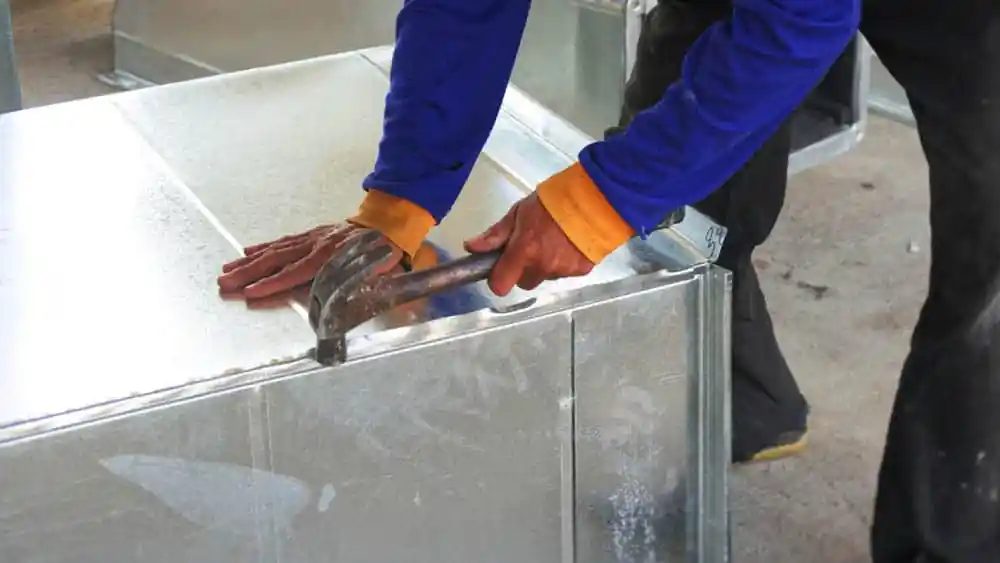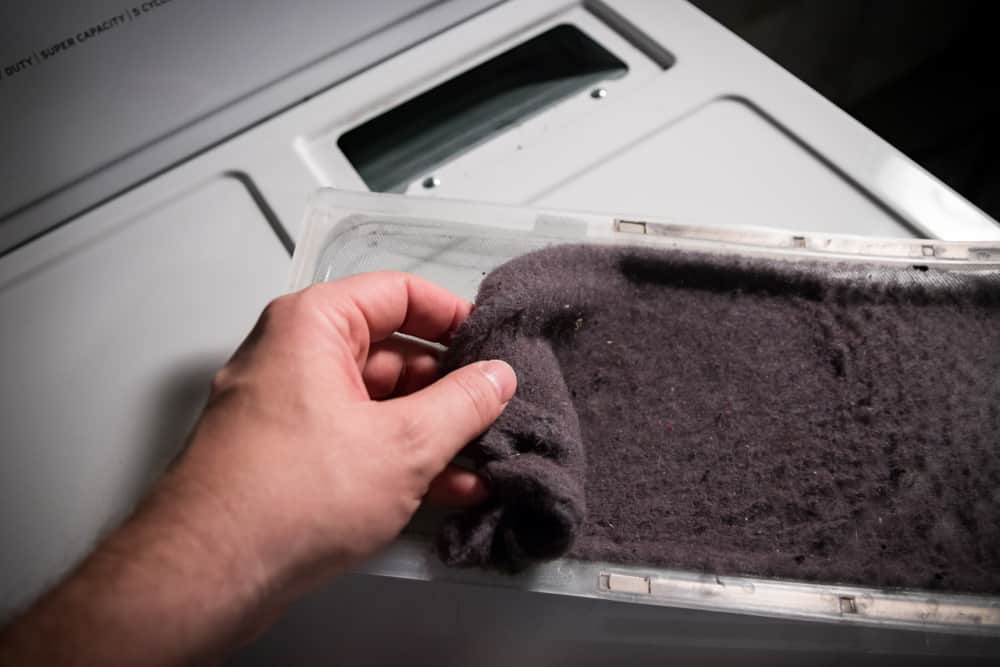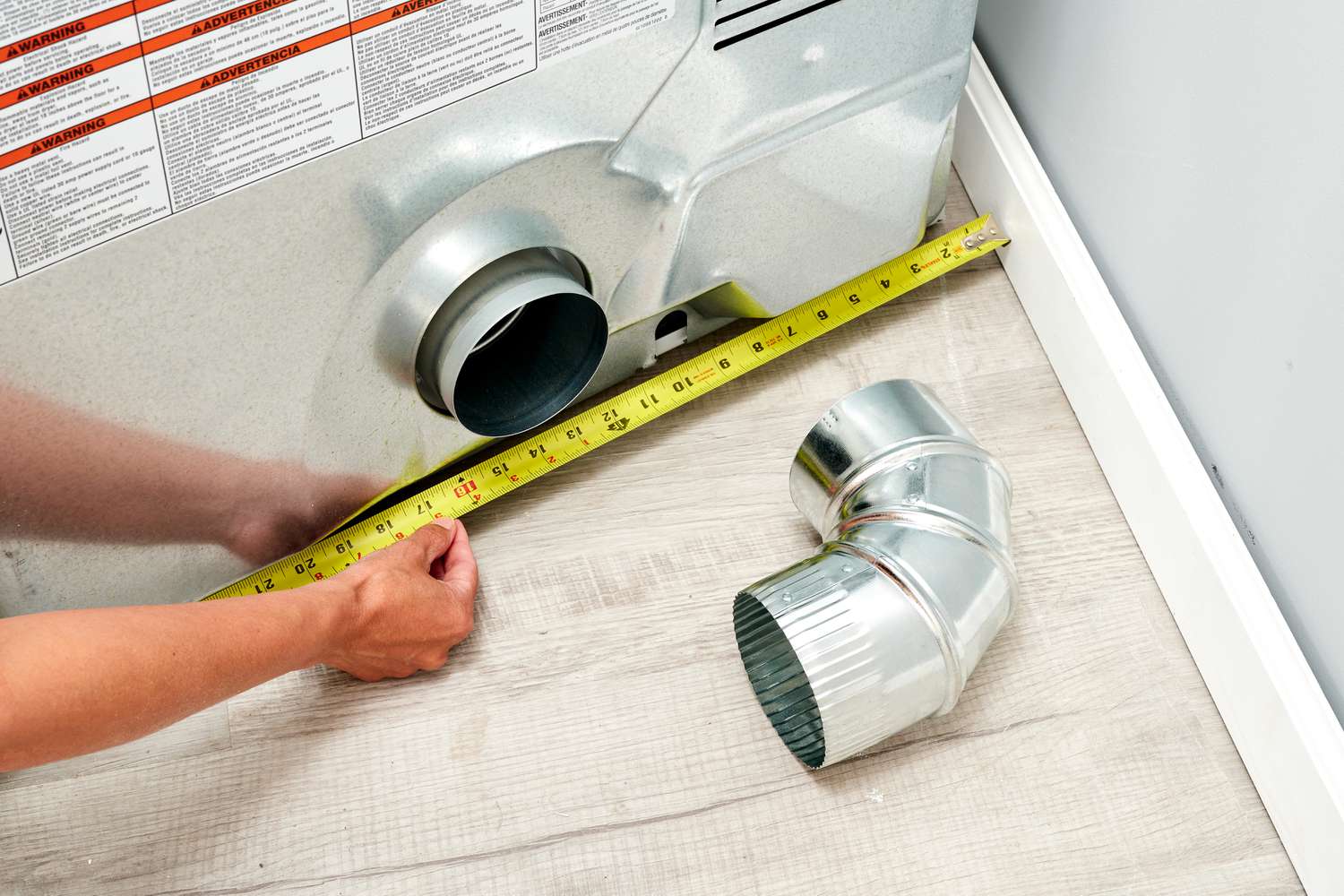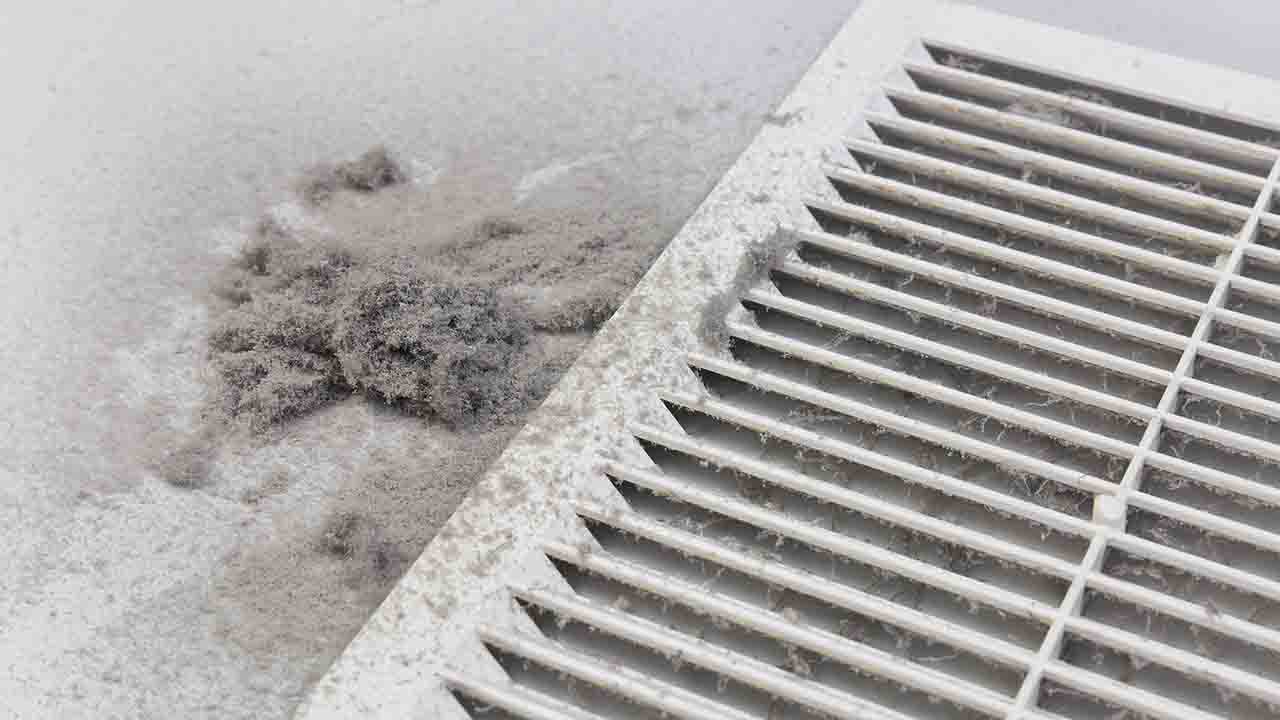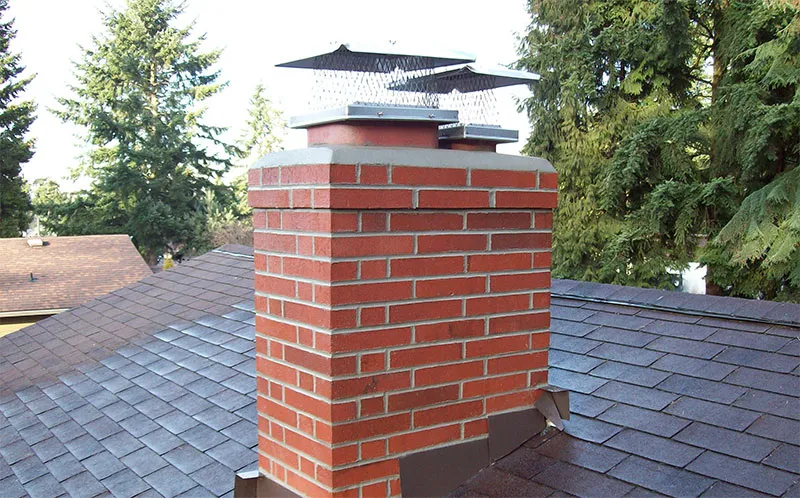If you’ve been sneezing more indoors or noticing dust buildup quickly, your air ducts might be to blame. Over time, HVAC systems accumulate dust, pet hair, mold spores, and other allergens that degrade air quality and affect your health. Air duct cleaning can make a significant difference, but with so many methods available, it’s tough to know which one is best.
In this article, we’ll discuss different air duct cleaning methods, compare their key factors, and guide you in choosing the one that’s best for your home.
Comparing Air Duct Cleaning Methods
When it comes to air duct cleaning, there are several methods used by professionals, each with unique advantages and considerations. Understanding these methods and comparing them based on key factors like effectiveness, cost, and benefits will help you decide the best option for your home.
Let’s explore these methods in detail.
Rotary Brush Cleaning Method
The Rotary Brush Cleaning Method uses a motorized brush that rotates inside the ducts to scrub the walls and loosen dirt and debris. A vacuum is then used to remove the dislodged particles.
Effectiveness:
This method is excellent at physically scrubbing the surfaces inside the ducts. It’s particularly useful for getting rid of stuck debris, dust, and other large particles. However, it may not be as effective on fine dust or allergens.
Cost:
Rotary brush cleaning is one of the more expensive methods because it requires specialized equipment and professional handling. The price will vary depending on the size and complexity of your duct system.
Safety:
If done improperly, the rotating brush could potentially cause damage to delicate ductwork, especially in older or fragile systems. Proper training and expertise are essential for safety.
Time:
This method usually takes a longer time due to the thoroughness of the process, which can range from 2 to 4 hours depending on the size of the system.
Maintenance:
Using this method too frequently can wear out ducts over time. It’s not ideal for routine cleaning unless there is significant buildup.
Equipment:
The necessary equipment includes motorized brushes, high-powered vacuums, and other tools for accessing the ducts. The cost of the equipment is high, making this method pricier for homeowners.
Environmental Impact:
This method, often used in commercial air duct cleaning, does not require chemicals, making it environmentally friendly. However, there can be dust and debris released into the air during the cleaning process, which could affect sensitive individuals.
Best For:
Rotary brush cleaning method is best for heavy buildup in older systems, especially for homes with ducts that have not been cleaned in a while.
Vacuum Cleaning Method
In residential air duct cleaning, the Vacuum Cleaning Method involves using a high-powered vacuum to create negative pressure inside the ducts, which helps pull out dust, debris, and contaminants.
Effectiveness:
Vacuum cleaning is very effective for removing dust, dirt, and allergens from the ducts. However, it may not dislodge tougher or more stubborn contaminants like mold or sticky debris. It’s excellent for routine maintenance.
Cost:
This method is usually more affordable compared to rotary brushing. The vacuum cleaning equipment is less expensive, and less labor is required.
Safety:
This method is very safe for ductwork as it doesn’t involve any physical scrubbing or chemicals. It simply uses suction to pull contaminants out.
Time:
Vacuum cleaning is quick and efficient, taking about 1 to 2 hours depending on the system’s complexity and size.
Maintenance:
It requires minimal maintenance on ducts. As it doesn’t physically interact with the duct walls, it’s less likely to cause damage over time.
Equipment:
The equipment needed is a high-powered vacuum system with hoses and a negative pressure setup. It’s more affordable than other methods, but professional-grade equipment is still needed for optimal results.
Environmental Impact:
Vacuum cleaning doesn’t use chemicals, so it’s an environmentally friendly option. However, depending on the dust and debris removed, you may need to dispose of it properly.
Best For:
The vacuum cleaning method is best for homes with newer HVAC systems or for regular maintenance cleaning, where there isn’t a significant amount of buildup.
Air Sweeping
The Air Sweeping Method uses compressed air to blow dust and debris out of the ducts. The air pushes contaminants towards a vacuum system that removes them from the ductwork.
Effectiveness:
This method is good for loosening debris from the ducts. It’s effective for medium-level cleaning but may not be as thorough as other methods. It’s best for ducts that have a lot of compacted dust or are difficult to reach.
Cost:
Air sweeping is usually more affordable than rotary brush cleaning but can be more expensive than vacuum cleaning. The equipment required (air compressors) can add to the cost.
Safety:
The use of high-pressure air can be risky if not done properly. It can stir up dust and allergens, which may aggravate respiratory conditions. Additionally, too much air pressure can damage ducts if the system is fragile.
Time:
This method is relatively quick, generally taking 1 to 2 hours, depending on the size of the duct system. However, it may take longer than vacuum cleaning due to the need for air compressor setup.
Maintenance:
Similar to vacuum cleaning, air sweeping doesn’t usually result in damage to ducts. However, it can push dirt deeper into the system, which may require future cleaning.
Equipment:
This method requires an air compressor, specialized hoses, and a vacuum system. The equipment is less expensive than rotary brushing but still requires professional-level tools for effectiveness.
Environmental Impact:
Air sweeping does not use chemicals, making it eco-friendly. However, the use of compressed air can stir up dust and particles, so proper ventilation is essential.
Best For:
Air sweeping is best suited for homes with long duct runs or systems that have tough-to-reach areas. It’s also good for general cleaning in homes with light to moderate contamination.
Read More: How Air Duct Cleaning Can Help With Odor Removal
Foam or Chemical Cleaning Method
The Foam or Chemical Cleaning Method uses specially formulated foam or cleaning agents to clean the interior of ducts. The foam is applied to the ducts, where it expands to break down dirt, debris, and mold, which is then vacuumed out.
Effectiveness:
This method is very effective for heavy contamination, including mold or sticky grime. The foam can reach deep into the ducts and clean the surfaces thoroughly.
Cost:
This is typically one of the more expensive methods. The cost of chemicals and the labor-intensive process makes it more costly than mechanical methods like vacuum cleaning.
Safety:
Since chemicals are involved, safety is a concern. The cleaning agents used must be safe and non-toxic. If not handled properly, chemical cleaners can pose health risks. Proper ventilation is crucial.
Time:
Foam cleaning is a more time-consuming process, taking longer than mechanical methods. The foam needs time to expand and work, which can increase the overall cleaning duration.
Maintenance:
The chemical cleaning method can be rough on older or fragile ducts if used too often. Chemicals can deteriorate duct materials over time, so it’s not ideal for routine maintenance.
Equipment:
This method requires specialized foam applicators and high-powered vacuums to remove the foam and contaminants. The cost of the equipment is higher due to the need for chemical formulations and applicators.
Environmental Impact:
Depending on the chemicals used, foam cleaning can have a significant environmental impact. Some chemicals may release pollutants into the air or water. Choose services that use eco-friendly cleaners if concerned about the environmental impact.
Best For:
Foam or chemical cleaning is good for homes with mold problems or extreme contamination. It’s ideal for deep cleaning and restoration of heavily soiled ducts.
UV Light Cleaning Method
The UV Light Cleaning Method uses ultraviolet (UV) light to sterilize the ducts and eliminate harmful bacteria, mold, and other microorganisms. The UV light doesn’t physically clean the ductwork but instead targets and destroys pathogens.
Effectiveness:
UV light is effective at killing bacteria, viruses, and mold spores but is not effective at removing dust, debris, or larger contaminants. It’s best used in conjunction with other cleaning methods.
Cost:
UV light installation is a one-time cost, and while the initial setup may be expensive, it’s not a recurring cleaning cost. It’s more affordable than foam cleaning or rotary brushing in the long run.
Safety:
UV light is completely safe for ductwork and home inhabitants as long as the system is properly installed and maintained. It doesn’t involve chemicals or physical contact with the ducts.
Time:
UV light systems can be installed relatively quickly, but they don’t provide immediate cleaning. They require ongoing use for effective results.
Maintenance:
UV light systems require periodic bulb replacement and cleaning to ensure optimal performance. It’s low-maintenance after installation.
Read More: Can A Chimney Liner Be Repaired If It Has Rust Or Corrosion?
Equipment:
Specialized UV lamps are installed within the duct system. While the installation cost can be high, the ongoing maintenance is minimal.
Environmental Impact:
UV light is an environmentally friendly option since it doesn’t require chemicals and only uses light energy to sterilize the ducts.
Best For:
UV light cleaning method is ideal for homes with concerns about air quality, especially in households with asthma or respiratory issues. It’s perfect for long-term sterilization but should be combined with other cleaning methods for best results.
How to Choose the Best Air Duct Cleaning Method
Now that we’ve explored the different air duct cleaning methods, it’s time to decide which one is best for your home. To make an informed decision, consider several key factors to choose the right method for your needs.
Below, we will break down each method in detail and help you determine which one suits your home best.
Contamination Level
The level of contamination in your air ducts plays a major role in deciding which cleaning method to use. Light contamination, such as small dust particles, can easily be handled with methods like vacuum cleaning. This option is quick and effective for regular maintenance.
However, if your ducts are heavily contaminated with mold, thick dust, or debris, you’ll need a more thorough cleaning method. Rotary brush cleaning or foam cleaning can effectively tackle stubborn buildup, making them ideal for severe contamination. Always assess the severity before deciding on a cleaning approach.
Budget and Cost
Your budget is a key factor when choosing an air duct cleaning method. If cost is a concern, vacuum cleaning is the most affordable option. It’s great for routine maintenance and basic cleaning, but it might not be as effective for larger issues.
For more serious contamination or long-term benefits, methods like rotary brush cleaning or chemical cleaning may be necessary. While these options may come with a higher price tag, they offer more thorough cleaning and can help maintain air quality over time. Keep both upfront and long-term costs in mind.
Duct Condition
The condition of your ducts should also be considered when selecting a cleaning method. If you have older or fragile ducts, you’ll want to use a gentler method to avoid causing damage. Air sweeping and vacuum cleaning are less abrasive and suitable for delicate duct systems.
On the other hand, if your ducts are newer or more robust, you can consider more aggressive techniques like rotary brush cleaning. These methods are designed to scrub away dirt and debris from the ducts without damaging the material, making them ideal for sturdier systems.
Time and Convenience
Consider how much time you have for cleaning. If you need a quick solution, vacuum cleaning is an excellent choice. It’s fast and effective for minor cleaning tasks, and it can be done in a short time frame, making it convenient for routine maintenance.
However, if you’re dealing with more significant contamination or need a deep clean, methods like rotary brush cleaning or chemical cleaning take more time. These methods require a thorough process to ensure that contaminants are fully removed, so you’ll need to plan for a longer cleaning session.
Read More: Top 10 Air Duct Cleaning Companies in Boston MA
Safety and Air Quality
Safety is a critical factor, especially if you have young children, pets, or individuals with respiratory issues. Vacuum cleaning and UV light systems are safe choices, as they don’t rely on harsh chemicals. These methods help maintain a clean environment without affecting air quality.
In contrast, rotary brush cleaning and foam cleaning may involve chemical treatments that could affect air quality. If safety is a top priority, make sure to discuss any chemicals used with the cleaning company and ensure they use eco-friendly, non-toxic solutions.
Long-Term Benefits
When evaluating air duct cleaning methods, think about the long-term benefits each option offers. While vacuum cleaning is great for immediate results, it doesn’t provide lasting improvements to air quality. It’s best for routine maintenance but won’t prevent long-term buildup.
If you’re looking for a more sustainable solution, consider methods like UV light cleaning systems. These systems prevent microbial growth and maintain air quality over time. Rotary brush cleaning also offers long-lasting results, removing contaminants that may accumulate in the future and ensuring your ducts remain clean.
Environmental Impact
Environmental impact is another important factor to consider when choosing a cleaning method. If you’re environmentally conscious, methods like vacuum cleaning, air sweeping, and UV light systems are eco-friendly options. These methods don’t involve harsh chemicals and have minimal environmental effects.
On the other hand, chemical cleaning can have a larger environmental footprint due to the use of chemicals. If you choose this method, make sure the cleaning service uses biodegradable and eco-friendly cleaning agents to minimize the impact on the environment.
Need Help with Air Duct Cleaning?
If your air ducts are clogged with dust and debris, attempting a DIY clean might not always give you the best results. At Delta Clean Air, our skilled technicians provide professional air duct cleaning services, ensuring improved indoor air quality and optimal HVAC performance. Whether it’s routine cleaning or a deep clean, we’ve got you covered. Ensure the air you breathe is fresh and clean—contact us today to schedule your service!
